12 Hydrating Night Skincare Tips to Boost Overnight Renewal 2025
In this guide, I’ll walk you through 12 deeply hydrating skincare tips that are not only effective but also easy to incorporate into your nightly regimen. Whether you have dry skin, combination skin, or just want to improve your overnight glow, these tips will help your skin drink up the goodness and wake up refreshed. From layering your products correctly to sleeping on a silk pillowcase, these hacks are practical, affordable, and ideal for all skin types.Let’s dive into this nighttime skincare ritual that’ll have your skin saying thank you every morning!
1. Start with a Gentle Hydrating Cleanser
Cleansing is the very first—and one of the most crucial—steps in your nighttime skincare routine. A gentle, hydrating cleanser removes the day’s buildup: dirt, sweat, sunscreen, and makeup. But here’s the catch—you don’t want to strip your skin of its natural oils while doing it.
Look for cleansers with glycerin, hyaluronic acid, or ceramides, which help cleanse without drying out your skin. Avoid foaming cleansers, especially those containing alcohol or harsh surfactants like SLS, which can disrupt your skin’s moisture barrier. For sensitive or dry skin types, cream-based or gel-based hydrating formulas work wonders.
Massaging the cleanser gently into your skin for at least 30–60 seconds also improves circulation and allows the ingredients to do their job. Rinse with lukewarm water—not hot—to maintain skin elasticity and avoid extra dehydration. A good cleanse sets the stage for all the hydrating goodies that come next.

2. Apply a Hydrating Toner or Essence
Once your skin is clean, it’s primed to absorb moisture. Enter toners and essences—lightweight liquids designed to rebalance your skin’s pH and add that initial boost of hydration. Gone are the days of harsh, alcohol-laden toners that sting; today’s formulas are all about comfort and moisture.
Opt for alcohol-free toners containing soothing ingredients like rose water, aloe vera, or green tea extract. Essences, common in Korean skincare routines, go one step further by delivering active ingredients like fermented extracts and humectants directly into the skin.
Apply with clean hands or a cotton pad, gently pressing the liquid into your skin. This step not only preps the skin for better absorption but also acts as the foundation of your hydration layer.

3. Use a Nourishing Hydrating Serum
Serums are the secret sauce of skincare. These concentrated formulas pack a punch and target specific concerns, with hydration being a big one. The star ingredient? Hyaluronic acid—a moisture-binding hero that can hold up to 1000 times its weight in water.
Look for serums that combine hyaluronic acid with panthenol, niacinamide, or vitamin B5. These ingredients help soothe, strengthen the barrier, and pull moisture deep into the skin. To get the most out of your serum, apply it on damp skin—yes, that’s key! Hyaluronic acid works best when it has water to bind to.
A few drops go a long way. Use your fingertips to gently pat it in, allowing your skin to absorb every drop. Don’t rush this step; give it a minute or two before layering on your moisturizer.
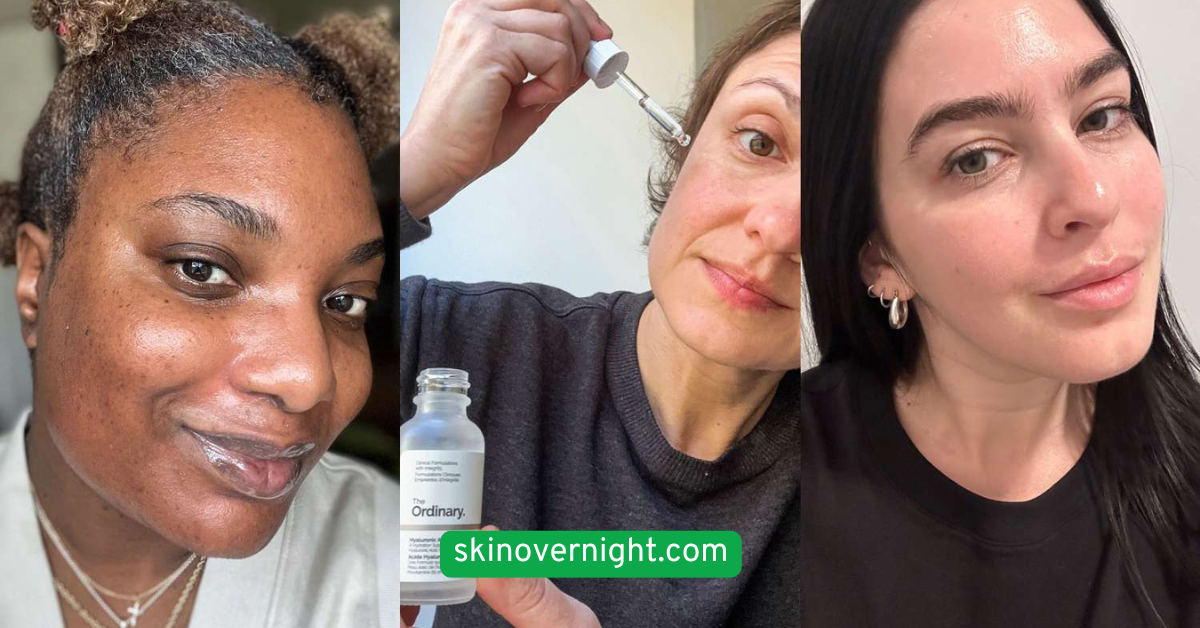
4. Lock in Moisture with a Night Cream
After serum, it’s time to lock in all that hydration with a rich, deeply moisturizing night cream. Unlike day creams, night creams are typically thicker and loaded with ingredients that focus on repair and restoration.
Choose products rich in ceramides, shea butter, niacinamide, or squalane. These ingredients help reduce water loss and improve skin elasticity. A good night cream not only hydrates but also supports your skin’s barrier function, keeping it smooth and plump.
Don’t forget to apply your cream down your neck and onto your décolletage—these areas need love too! If you’re someone who sleeps in air-conditioned or heated rooms, a richer cream will help fight the extra dryness caused by climate control.
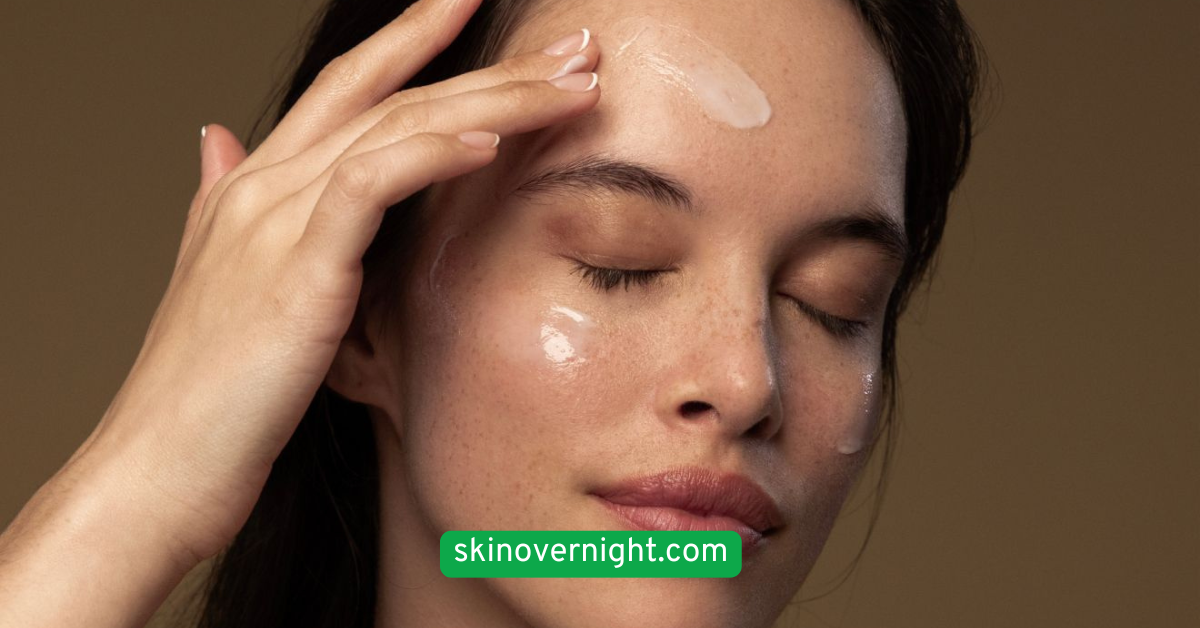
5. Try an Overnight Sleeping Mask
Think of a sleeping mask as your night cream’s more intensive cousin. These masks act like a final seal, locking in everything underneath while delivering extra hydration as you sleep.
They’re especially useful during colder months, after travel, or whenever your skin feels tight or flaky. Ingredients like beta-glucan, vitamin E, and centella asiatica work overnight to calm, plump, and refresh tired skin.Use it 2–3 times a week, applying a thin layer over your moisturizer. You’ll wake up with skin that feels bouncy, soft, and visibly renewed.

6. Don’t Forget the Eye Cream
Your under-eye area is delicate and often shows the first signs of dehydration. It’s thinner than the rest of your face and doesn’t have oil glands to keep it moisturized. That’s where a targeted eye cream comes in.
Opt for hydrating eye creams with ingredients like caffeine, peptides, or hyaluronic acid. These not only hydrate but also reduce puffiness and improve elasticity. Tap it in gently using your ring finger—no rubbing or dragging!
A little goes a long way. Regular use can prevent fine lines and ensure you wake up looking fresh, not fatigued.
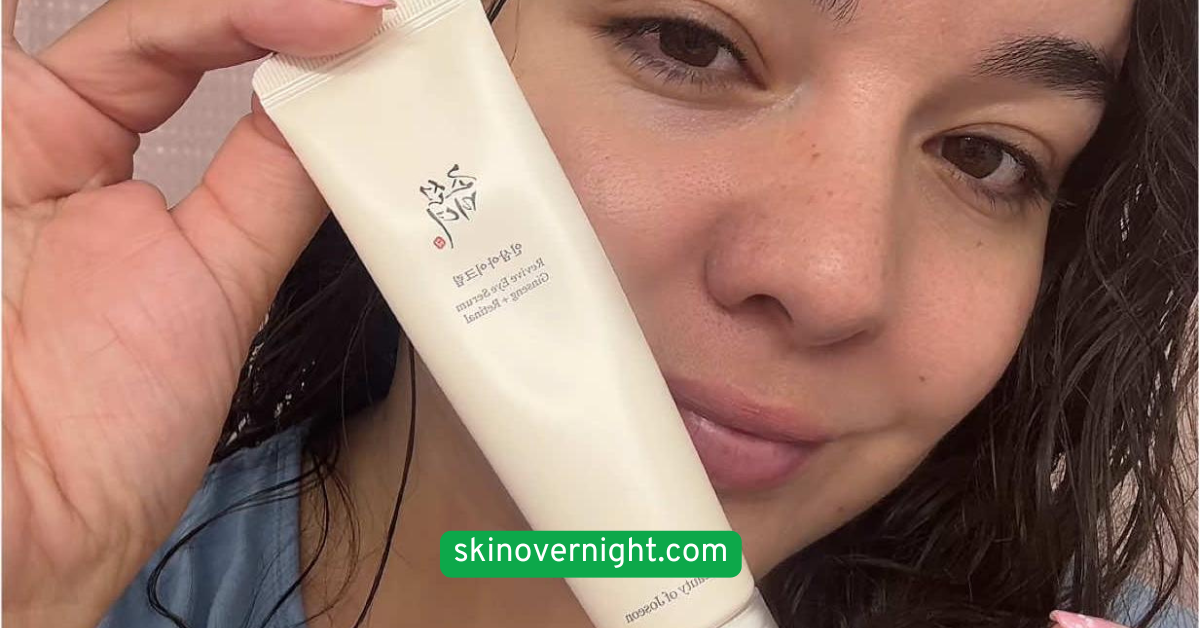
7. Layer Your Skincare Products Properly
Layering is an art—and science. It determines how effectively your products work. The rule of thumb? Go from thinnest to thickest in texture: toner → essence → serum → moisturizer → oil (optional) → sleeping mask (optional).
Proper layering ensures each product penetrates the skin without interference. It also prevents issues like pilling, where products clump on the skin due to poor absorption.
Take your time between steps. Let each layer sit for 30–60 seconds before moving on. This allows your skin to fully absorb and benefit from every product.
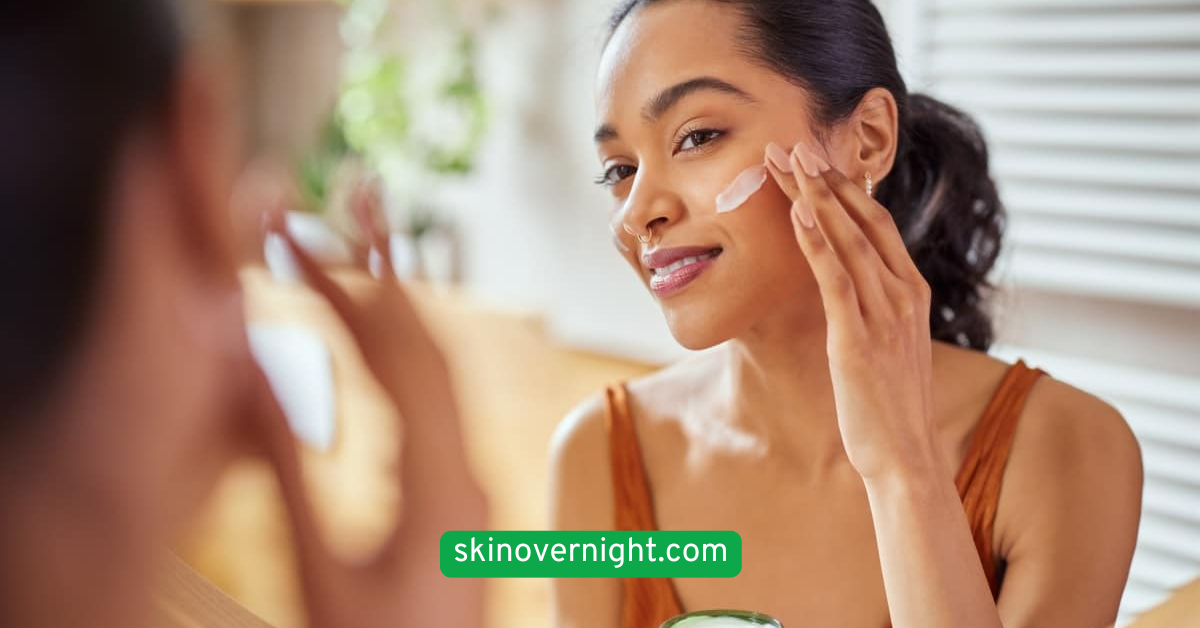
8. Use a Humidifier While You Sleep
You might not realize it, but the air in your room could be sabotaging your skincare. Dry indoor air—especially during winter—draws moisture out of your skin. Using a humidifier helps add moisture back into the environment, allowing your skin to retain hydration throughout the night.
This simple tool is a game-changer for dry and sensitive skin types. It supports your skin barrier, reduces inflammation, and enhances the effectiveness of your products.Set the humidifier near your bed and clean it regularly to prevent mold or bacteria buildup. Your skin will thank you by morning.
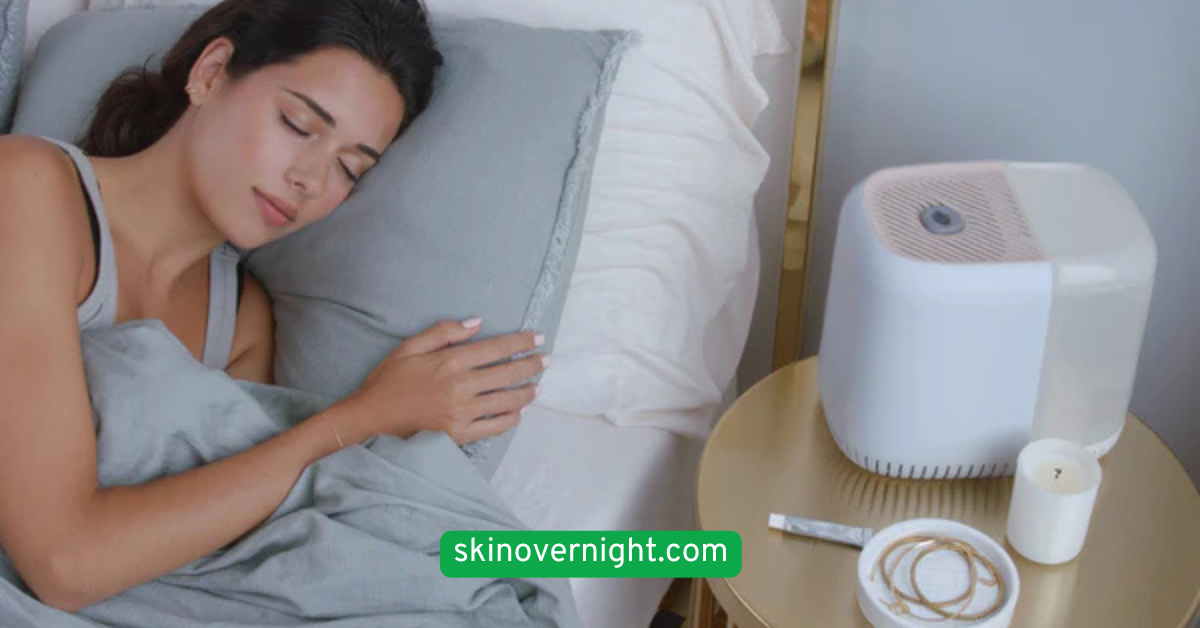
9. Drink Water Before Bedtime
Hydration isn’t just about what you put on your skin—it’s also about what you put in your body. Drinking a glass of water before bed supports your skin’s natural repair and renewal processes.
Water helps flush out toxins, transport nutrients, and keep skin cells plump and healthy. Just don’t overdo it—you want to stay hydrated, not wake up for bathroom trips.Avoid caffeine or alcohol before bedtime, as they can dehydrate you. A warm herbal tea or infused water is a soothing, skin-loving choice.

10. Incorporate Facial Oils for Extra Hydration
Facial oils are the cherry on top of your nighttime routine. They help seal in all the hydration from your previous steps and add a protective layer that prevents water loss.Choose non-comedogenic oils like jojoba, squalane, or rosehip oil, which mimic the skin’s natural lipids. Just a few drops pressed into the skin can make a noticeable difference in softness and elasticity.Facial oils are especially helpful if your skin feels dry, tight, or irritated. They can also calm inflammation and support a healthy glow.
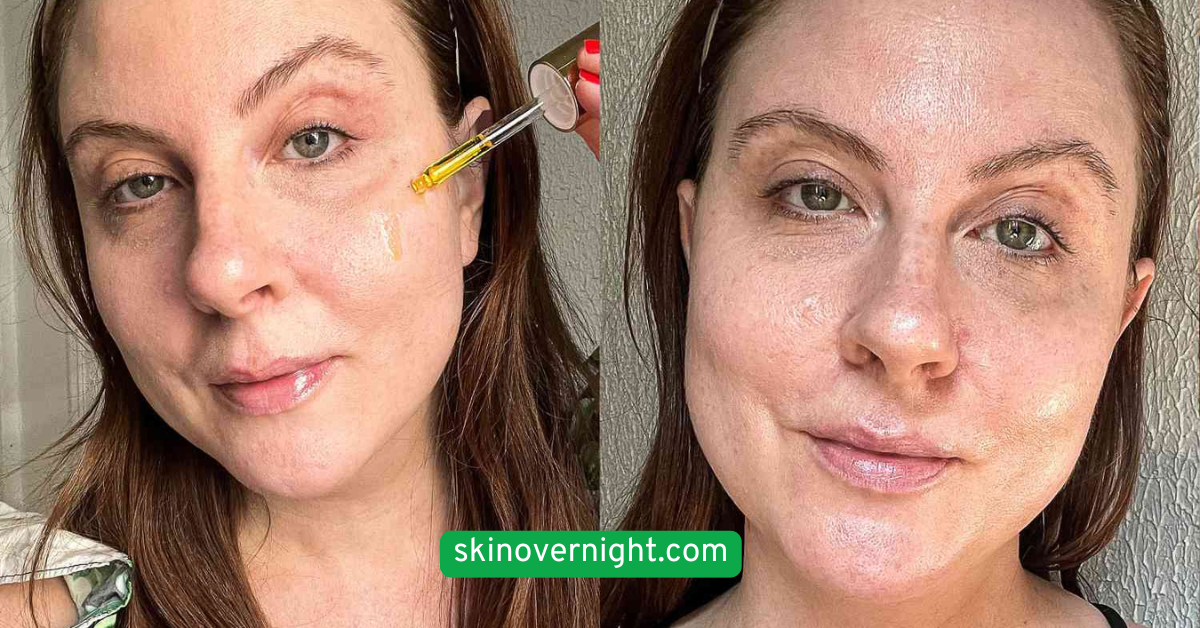
11. Avoid Harsh Active Ingredients at Night
While active ingredients like retinol, AHA, and BHA are great for anti-aging and exfoliation, they can be drying when overused. To maintain hydration, alternate your actives with hydration-focused nights.On off-nights, stick to calming and moisturizing products that rebuild the skin barrier. This approach prevents irritation and gives your skin a chance to heal.Balance is key. Listen to your skin—if it feels sensitive or flaky, take a break from actives and prioritize moisture instead.

12. Use a Silk Pillowcase for Skin Comfort
Your pillowcase might be silently stealing your skin’s hydration. Cotton pillowcases can absorb your expensive products and create friction that irritates the skin. Switching to a silk pillowcase helps retain moisture and reduce tugging.Silk is naturally hypoallergenic, smooth, and gentle on all skin types. It minimizes creases and supports healthier skin while you sleep.It’s a simple luxury that pays off over time—no more waking up with pillow lines or dryness.

Conclusion
Hydrated skin doesn’t happen by accident—it’s the result of intentional, consistent care. These 12 night skincare tips are more than just steps; they’re a soothing ritual that supports your skin’s natural ability to repair and renew.
From gentle cleansers to rich creams, lightweight essences to calming facial oils, each layer plays a crucial role in creating that overnight glow. Add in a few smart lifestyle changes like using a humidifier or drinking water before bed, and you’ve got a recipe for success.
Stick with it. Stay gentle. Hydrate, layer, and sleep well—because beautiful skin starts the night before.





